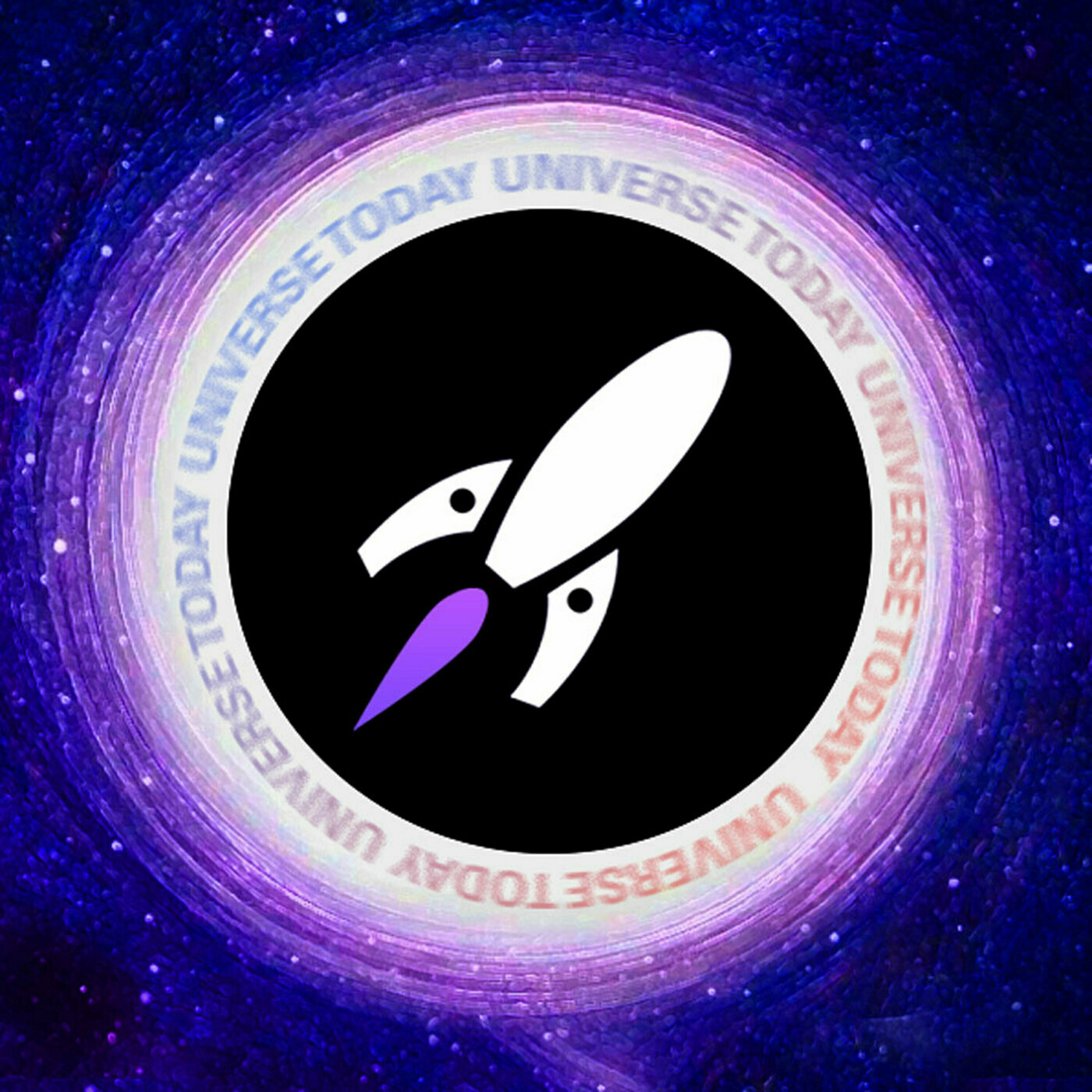Universe Today Podcast
Your Ultimate Guide to All Things Space
Episodes
-
January 20th, 2021
In this week's live Q&A, I talk about the new Space Launch System hot-fire test, how Breakthrough Starshot spacecraft might be able to communicate with home, and what messages would we send to aliens that we might never be able to reach physically.
-
January 14th, 2021
Welcome to the new style Q&As, which we're now recording every Monday live on my YouTube channel at 5pm Pacific Time. This week we got a lot of great questions about the Proxima Centauri signal, the Fermi Paradox, and Breakthrough Starshot.
-
January 12th, 2021
In this week's interview, I talk with Chris Carr, one of the co-hosts in the Weekly Space Hangout. Chris is a grad student at Columbia University, specializing in the cosmos inside and outside the Milky Way.
-
December 24th, 2020
In this week's last QA of 2020, I go long answering questions about space and astronomy. I talk about the news of a radio signal received from Proxima Centauri, an update on my attempts to learn Mandarin Chinese, and a long diatribe about megaconstellations and their impact on astronomy.
-
December 15th, 2020
In this week's live QA, I answer questions about the source of the Earth's water, what happened to Theia after it collided with the Earth? And can we hope for alien artificial intelligence to be peaceful?
-
December 14th, 2020
My guest this week is the science journalist Elizabeth Howell.
Dr. Howell is one of the most prolific space journalists working in the field, contributing thousands of articles across almost every space news site (including Universe Today). She has also written and collaborated on several books.
Her latest book is called "Canadarm and Collaboration", and it's all about Canada's role in spaceflight.
-
December 8th, 2020
In this week's live questions show, I explain why planets can remain habitable long after their stars have died, what we're going to do now that Arecibo has collapsed, how we'll explore the oceans underneath Europa. I also answer the question of whether or not I'm ready to learn about the secret Galactic Federation.
-
December 7th, 2020
My guest this week is Alex Ignatiev, from Lunar Resources. Alex and his team are working on a rover that could build solar panels, wiring and even radio antennae out of lunar regolith. This could support future bases or even radio telescopes.
-
December 2nd, 2020
In this week's live questions show, I explain how amateurs can contribute to space and astronomy research, will I sign up for Starlink, and what would happen if the supermassive black hole at the heart of the Milky Way turned into a quasar?
-
November 26th, 2020
Wallace Arthur is an evolutionary biologist and emeritus professor of Zoology at the National University of Ireland, Galway.
His newest book is called the Biological Universe, and features the search for life in the Milky Way and Beyond.
-
November 24th, 2020
In this week's Open Space, we had a series of questions about the International Space Station. How long will it remain in orbit, and what role will it continue to play with other space stations under construction? We also talked about how much longer the Earth will remain habitable, and if it could be possible to replace Arecibo.
-
November 23rd, 2020
In this week's live QA, I talk about how much oxygen we need to survive. Could SpaceX have succeeded without NASA's help? And what's going to happen with Gateway with all the changes to Artemis?
-
November 16th, 2020
Dr. Peter Woit is a theoretical physicist and senior lecturer in the math department at Columbia University. He's a critic of string theory, wrote a book called "Not Even Wrong" and maintains a blog of the same name.
-
November 10th, 2020
In this week's live QA, I talk about Elon Musk's hope of establishing a free Mars, the future of gravitational wave detectors, and what do I think about trying to live in other places in the Solar System?
-
November 2nd, 2020
In this week's questions show, I talk about the Dark Forest theory in the Three-Body Problem series of books. Is it a compelling answer to the Fermi Paradox? How much of a risk is dust to interstellar travel? Is black hole evaporation negated by black holes absorbing additional material and energy?
-
October 27th, 2020
This week my guest is Australian astronomer Fred Watson. He's a writer, researcher and Australia's Astronomer at Large.

